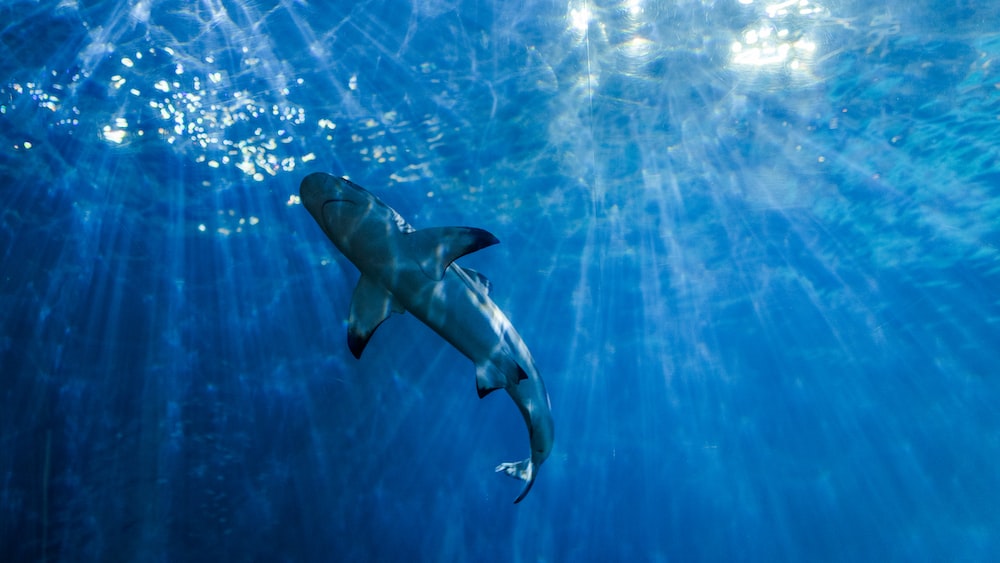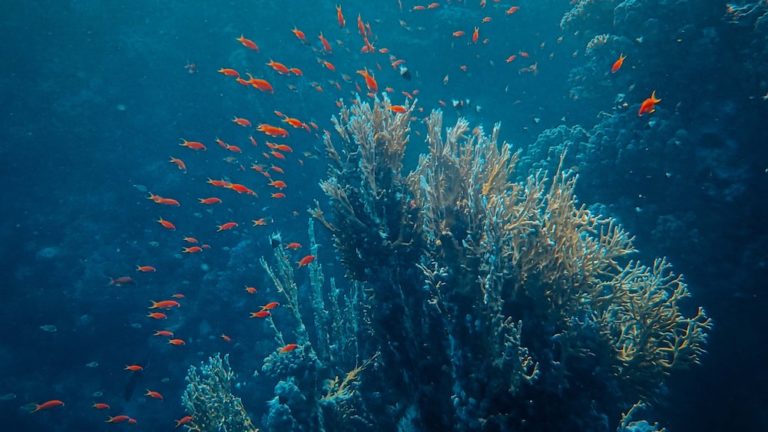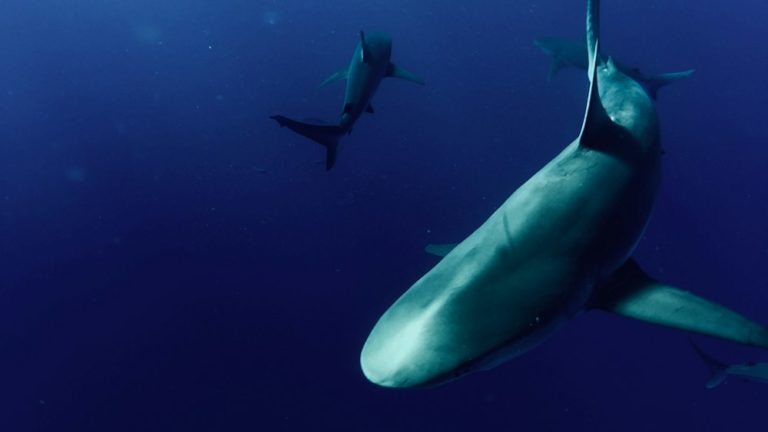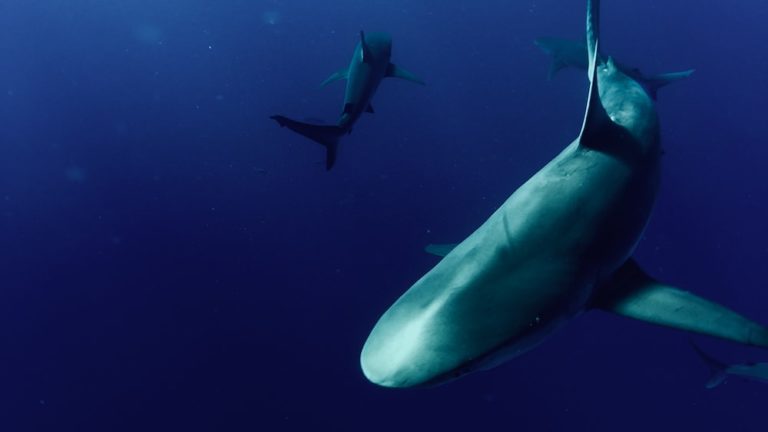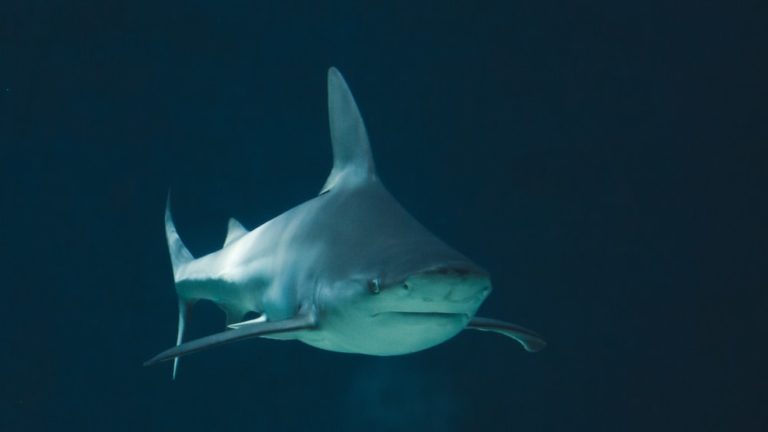Horn Shark With Horns: Discover The Fascinating Species
Horn Shark With Horns: Discover The Fascinating Species
Welcome to the captivating world of the horn shark. These fascinating animals are a unique and intriguing species of sharks that are known for their distinctive appearance and interesting behaviors. In this blog post, we will delve into the world of the horn shark and uncover the mysteries surrounding this incredible creature. From their habitats to their feeding habits, we will explore every aspect of the shark with horns to gain a comprehensive understanding of their existence.
Key Points:
- The horn shark is a unique and captivating species known for its distinctive appearance and behaviors.
- Horn sharks play an important role in maintaining the balance of ocean life by controlling populations of sea creatures they prey upon.
- Conservation efforts are in place to protect horn sharks, including the establishment of marine protected areas and research initiatives.
- Horn sharks are not generally dangerous to humans and are known for their relatively docile nature.
- Misconceptions about horn sharks, such as their horns being used as weapons, are debunked, and surprising facts about their adaptations are revealed.
- Horn sharks can typically be found in the warmer coastal waters of the Pacific Ocean and have unique characteristics that set them apart from other shark species.
The allure of the horn shark lies in its enigmatic nature and the distinct features that set it apart from other sharks. As we embark on this journey of discovery, prepare to be amazed by the wonders of the underwater world and the remarkable adaptations of the horn shark. Join us as we unveil the secrets of this extraordinary species and gain a newfound appreciation for the beauty and complexity of marine life.
The horn shark is a creature of wonder and mystery, and through this blog post, we aim to shed light on its unique characteristics and behaviors. Whether you are a marine enthusiast or simply curious about the wonders of the ocean, this exploration of the horn shark is sure to pique your interest and leave you in awe of the natural world. So, let’s embark on this adventure together and unravel the mysteries of the shark with horns.
Unveiling the Horn Shark
The horn shark is a mesmerizing species of shark that has captured the fascination of marine biologists and enthusiasts alike. With its striking physical attributes and intriguing behaviors, the horn shark stands out as a truly remarkable creature in the oceanic realm. As we unveil the mysteries of the horn shark, we will delve into its unique characteristics and unravel the secrets that make it a captivating subject of study and admiration. Join us on this exploration as we uncover the wonders of the shark with horns and gain a deeper understanding of its place in the marine ecosystem.
Importance to Humans
The horn shark holds a special place in the marine ecosystem and, by extension, bears importance to us humans. Known for their hardy nature, these sharks aid in maintaining the delicate balance of ocean life by controlling populations of sea creatures they prey upon. Also, for marine life enthusiasts, observing the unique behaviors of horn sharks in their natural habitats can be quite the enthralling experience, offering insights into the complex web of underwater biodiversity.
Educational and research institutions often use horn sharks as a model species to understand shark physiology and behavior, due to their relatively docile nature and ease of study in controlled environments. Moreover, they play a role in eco-tourism, attracting divers and snorkelers to regions where they inhabit. Horn sharks remind us of the diverse forms life can take and offer a tangible connection to the multi-faceted world beneath the waves.
In many ways, horn sharks can also be seen as indicators of ocean health. A stable population of these predatory fish suggests a thriving marine habitat, which is inextricably linked to human well-being. Healthy oceans contribute to human health through the air we breathe, the seafood we consume, and the climatic regulations our planet enjoys. Thus, the well-being of horn sharks is not just an environmental concern but a humanitarian one as well.
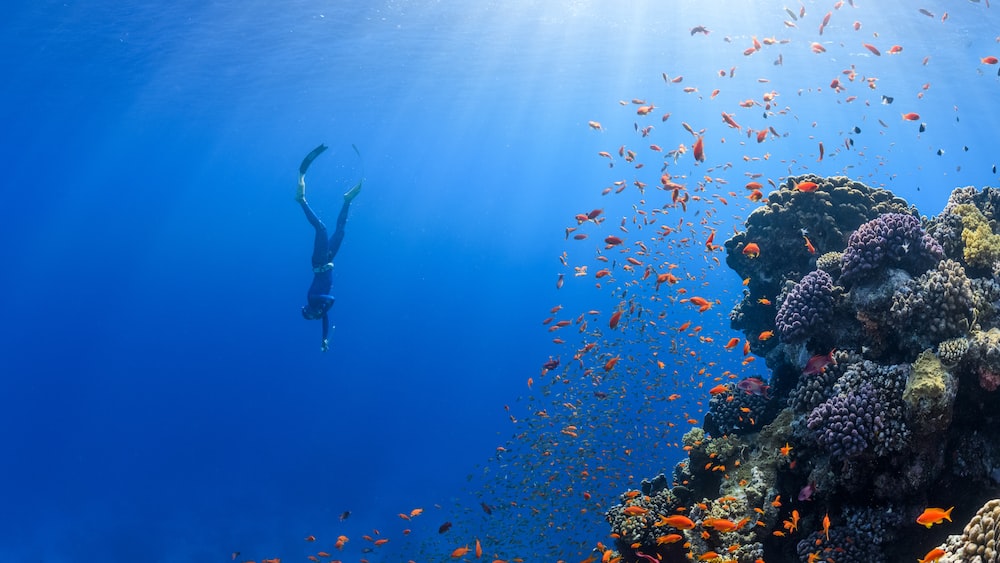
Horn sharks play a crucial role in maintaining the delicate balance of ocean life and are important indicators of ocean health, which directly impacts human well-being.
Conservation Status and Efforts
Currently, the horn shark is classified as Least Concern by the International Union for Conservation of Nature (IUCN), suggesting that, at the moment, they face a lower risk of extinction. However, this doesn’t mean that they are safe from the multitude of threats looming over marine environments. Habitat destruction, pollution, and overfishing are issues that could potentially spell trouble for these distinctive creatures in the future.
Conservation efforts aimed at horn sharks are typically part of broader marine preservation initiatives. Efforts include creating protected areas where fishing and habitat destruction are controlled, thus offering a safe haven for the horn shark populations. Additionally, scientific research is being carried out to better understand their life cycle and habitat requirements, which is essential for framing more effective conservation policies.
Public awareness is also a crucial aspect of conservation efforts. By educating communities about the importance of sharks in the marine ecosystem, we foster a sense of stewardship for our oceans. Conservationists and marine biologists, like yours truly, are continuously working to disseminate information, debunk myths, and inspire a collective action for the protection of horn sharks and, by extension, our magnificent seas.
Misconceptions and Facts
Diving into the world of horn sharks, you quickly realize that the waters are murky with misconceptions and inaccuracies. It’s like a game of telephone where facts about these creatures have been twisted and turned like a kelp forest in a current. My aim is not just to clear the water but to shed some sparkling sunlight on the truth about these fascinating fish.
Debunking Myths About Horn Sharks
One of the most prevalent myths about horn sharks is that the horns are used as a weapon. In reality, the horn is not much of a weapon at all. In fact, the spiral egg cases that female horn sharks lay, which interestingly look slightly reminiscent of a screw, are often mistaken for the so-called horns. Another fable that swims around is that these sharks are aggressive towards humans. However, the horn shark is a relatively docile creature, often more interested in minding its own business among the sea floor’s nooks and crannies than causing any trouble for us land-walkers.
The image of sharks as menacing predators is so deeply ingrained in popular culture that many people automatically assume horn sharks must be the same. But in actuality, these sharks are built for a life of leisurely scouring the seafloor, rather than high-speed chases. Their diet mainly consists of slow-moving or sedentary prey – like sea urchins, crabs, and mollusks. The horn shark’s intimidating name, alas, is rather a misnomer, and getting to know them reveals a story far less fearsome.
Surprising Facts About Horn Sharks
In the nooks and crannies of the ocean’s rocky underbelly, the horn shark thrives with some truly surprising adaptations. For instance, these sharks have an uncanny ability to crush hard-shelled prey – a feat made possible by their extraordinarily strong jaw muscles and teeth. Also, unlike many of their shark cousins who must continuously swim to breathe, horn sharks are proficient bottom-dwellers, capable of resting motionless while still actively pumping water over their gills.
Another fascinating nugget is their method of locomotion. Rather than swimming, horn sharks often prefer to ‘walk’ on their pectoral and pelvic fins, sort of ambling along the seabed in a seemingly lackadaisical fashion. Their nocturnal habits see them coming alive at night, quietly ruling the darkness of their underwater kingdom. Each of these traits makes the horn shark not just a shark with horns, but a marvel of evolution – perfectly adapted to its niche in ways that are as remarkable as they are effective.
The horn shark has surprising adaptations that allow it to crush hard-shelled prey, rest motionless while still pumping water over its gills, and ‘walk’ on its fins, making it a marvel of evolution perfectly adapted to its niche.
FAQs
1. What distinguishes horn sharks from other shark species?
Horn sharks are distinguished from other shark species by their short, blunt head, rigid dorsal fins, and pronounced ridges above their eyes, which give them somewhat of an armored appearance. Their preference for a benthic lifestyle and their unique egg-laying process, involving spiral-shaped eggs, also set them apart.
2. Where can horn sharks typically be found?
Horn sharks can typically be found in the warmer coastal waters of the Pacific Ocean, from California to the Gulf of California, and even off the coast of Ecuador. They favor rocky reefs, kelp forests, and sandy bottoms near shorelines, carving out a home where they can camouflage and shelter.
3. Are horn sharks dangerous to humans?
Horn sharks are not generally dangerous to humans; these creatures are nocturnal and quite docile, preferring to keep to themselves. While all sharks should be respected in their natural habitat, horn sharks pose little threat when encountered by divers or snorkelers.
4. What conservation measures are in place to protect horn sharks?
Conservation measures in place to protect horn sharks include marine protected areas (MPAs), which safeguard their natural habitats and nursery grounds, and fishing regulations that limit bycatch. Research and education initiatives are also essential parts of the conservation strategy for these sharks.
Conclusion
As we come to the end of this deep dive on the horn shark, it’s been an absolute delight to share the stories and science behind these peculiar fish. Our journey through the shark with horns’ world shows how every creature has its place in the fabric of our oceans, each thread vital to the broader tapestry of marine biodiversity.
It’s not just about conserving a shark with horns; it’s about preserving a legacy, safeguarding our seas for budding eco-adventurers who dream of exploring its depths and witnessing its wonders firsthand. May our understanding of the horn shark’s struggles and strengths inspire us to champion the health of our oceans with passion and purpose.
And so, fellow ocean devotees, I bid you a warm and heartfelt goodbye. Until our next maritime escapade, keep diving deep into the knowledge of our blue planet and let the currents of curiosity lead the way.
Signing off with saltwater in my veins,
Jasper Flynn

